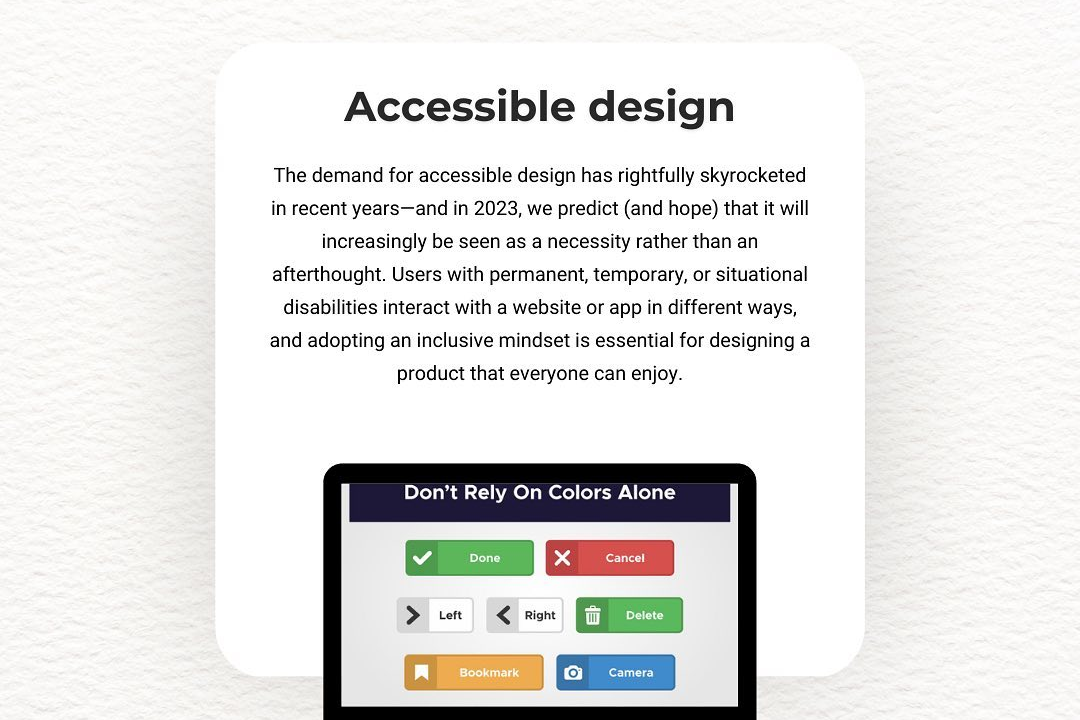React Native Interview Questions
Square
React Native Interview Questions
React Native is a widely used JavaScript framework for developing cross-platform mobile applications. It uses the same codebase for both iOS and Android, allowing developers to build high-quality mobile apps using a single language and codebase. During an interview, candidates may be asked questions related to various aspects of React Native, such as its architecture, features, advantages, and disadvantages. These questions can range from basic to advanced and can assess a candidate's understanding and experience with the framework. Some common topics that may be covered in a React Native interview include navigation, component lifecycles, state management, debugging, performance optimization, and integration with native components. Employers may also inquire about a candidate's experience with React Native libraries and tools, as well as their knowledge of JavaScript and mobile development best practices.
To Download Our Brochure: https://www.justacademy.co/download-brochure-for-free
Message us for more information: +91 9987184296
1 - What is React Native?
React Native is a JavaScript framework used for building mobile applications. It allows developers to use the same code base to create both iOS and Android applications, improving the efficiency and speed of development.
2) What are the main benefits of using React Native?
React Native offers benefits such as faster development time, code reusability, and access to native device features. It also has a large and active community, making it easy to find support and resources.
3) How is React Native different from React?
React Native is a framework specifically designed for mobile app development, while React is primarily used for building web applications. React Native also uses native components instead of HTML, CSS, and JavaScript, providing a more native look and feel for mobile apps.
4) Can you explain the virtual DOM in React Native?
The virtual DOM is a representation of the UI in memory. Whenever there is a change to the UI, React Native compares the virtual DOM with the actual DOM and only updates the parts of the UI that need to be changed. This improves performance and makes React Native apps faster.
5) What are the different components in React Native?
React Native has three main types of components View, Text, and Image. View is used to create layout containers, Text is used to display text, and Image is used to display images.
6) Can you use third party libraries in React Native?
Yes, React Native has a vast ecosystem of libraries that can be used to add additional functionalities to your app. These libraries can be easily integrated into a React Native project through npm or Yarn.
7) How can you debug a React Native app?
React Native provides debugging tools such as Chrome DevTools, Expo, and React Native Debugger. These tools allow you to inspect the UI, debug code, and view console logs to identify and fix issues.
8) What is Redux, and how is it used in React Native?
Redux is a popular state management library used in React Native for managing the application's state. It provides a centralized storage for data and allows components to access and update the data without having to pass props between multiple layers.
9) Can you explain the concept of props in React Native?
Props (short for properties) are used to pass data from a parent component to a child component. They are immutable and can be used to customize the child component's appearance and behavior.
10) How can you optimize the performance of a React Native app?
Some ways to optimize the performance of a React Native app include using the FlatList component instead of ScrollView for displaying a list of items and optimizing the use of setState by batch updating multiple states at once.
11) What is the purpose of the ‘style’ property in React Native?
The style property is used to specify how a component should look including properties such as color, font size, and layout. It uses a JavaScript object to define the styles, making it more flexible and powerful than traditional CSS.
12) What is the difference between ‘state’ and ‘props’?
Both state and props are used to pass data in React Native, but they serve different purposes. State holds data that can be changed within a component, while props are passed from a parent component and are immutable. Props are used to pass data from a parent to a child, while state is used within a component to manage its own data.
13) Can you use React Native for developing cross platform desktop applications?
To Download Our Brochure: Click Here
Message us for more information: +91 9987184296
No, React Native is primarily meant for building mobile applications for Android and iOS. However, there are third party libraries such as ‘react native windows’ and ‘react native macos’ that allow for developing desktop applications with React Native.
14) How does hot reloading work in React Native?
Hot reloading is a development feature that allows changes made to the code to be immediately reflected in the running app without the need for a full reload. It works by updating only the changed parts of the app, preserving the current state and improving the development experience.
15) Can you explain the difference between ‘flex’ and ‘layout’ in React Native?
Flex is used to specify how components are displayed and arranged within a container, while layout is used to define the size and placement of the container itself. Flex and layout work together to create responsive and dynamic layouts in React Native.
Browse our course links : https://www.justacademy.co/all-courses
To Join our FREE DEMO Session: Click Here
Contact Us for more info:
- Message us on Whatsapp: +91 9987184296
- Email id: info@justacademy.co
Django Interview Questions For Experienced
Java Interview Questions For Selenium Testers
Laravel Advanced Interview Questions












